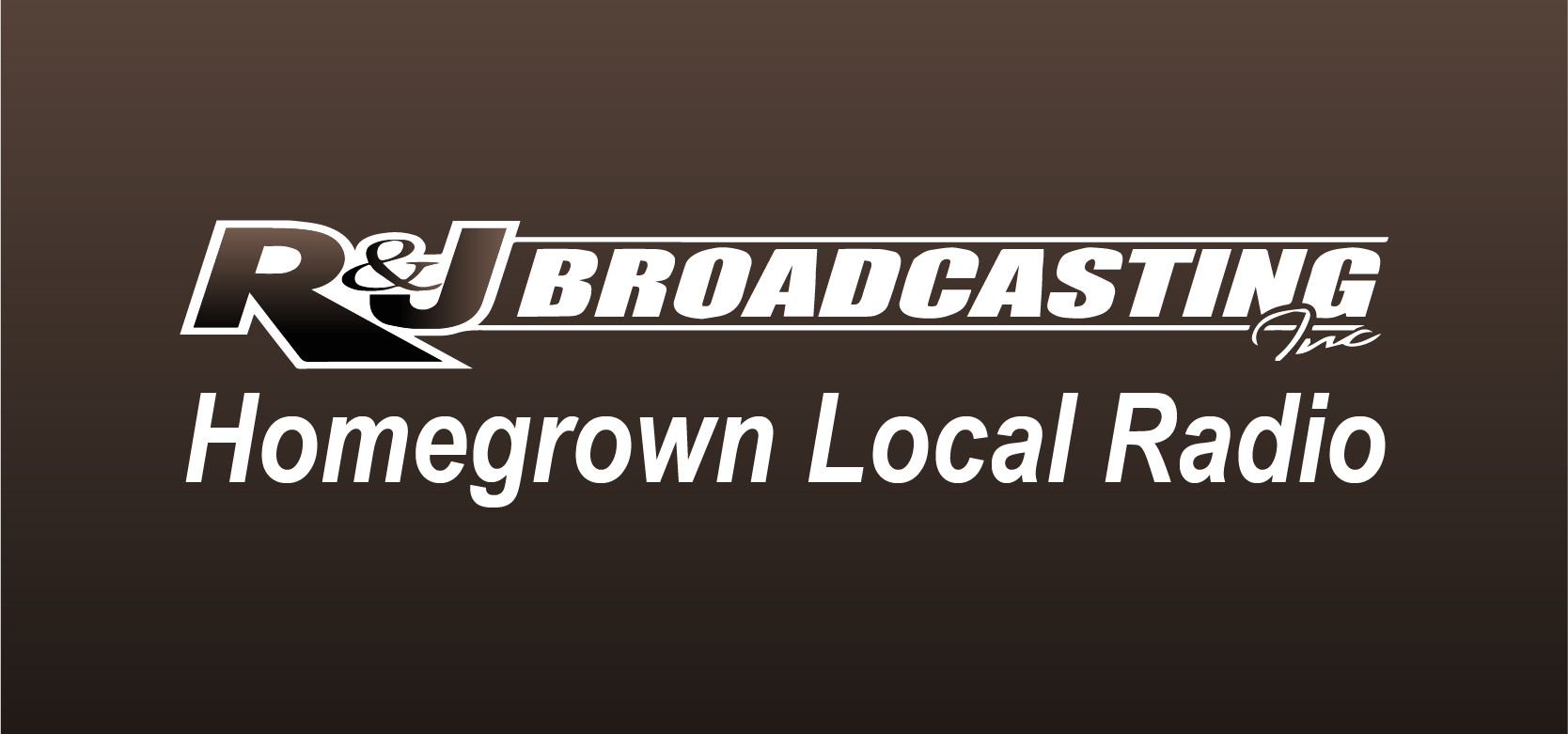Bald Eagle Nesting Areas Protected in Voyageurs National Park
Voyageurs National Park is temporarily closing the breeding area around one (1) of the park’s bald eagle nests to campers and other human activities. After the young eagles leave in late July, any temporarily closed park areas will be reopened for public use.
Additionally, the breeding areas around two (2) of the park’s bald eagle nests are being reopened after recent aerial surveys determined that these nests were not occupied by breeding eagles.
The park follows the recommended conservation management actions of the Bald Eagle and Golden Eagle Management Act (16 U.S.C. 668-668c, 1940 as amended), a Federal law enacted to protect America’s national bird from disturbance and harassment. Each year since 1992, the park has temporarily closed the land and water areas around active bald eagle nests to visitor use during their critical nesting periods. Some eagle pairs nest in late March and early April and others may not initiate nesting until late April or early May.
The closed areas are marked with closure signs and buoys. Park officials are asking both motorized and non-motorized watercraft users to not travel within 200 meters of nests where bald eagles are actively nesting during the closure period (early May through mid-August). Boaters are also encouraged to not stop on the water within the 200 meters near active nesting sites.
One of the park’s 291 developed Day Use, Tent, and Houseboat sites are affected by the temporary closure, and two are being reopened to the public. The closed developed area is:
Namakan Lake:
- Junction Bay North Houseboat Site (N-50)
The reopened developed areas are:
Kabetogama Lake:
- Happy Landing Campsite (K-11)
- Camelback Island Campsite (K-3)
If more breeding areas are found with actively nesting pairs that fall within conservation management guidelines after this news release is issued, more park areas may be posted closed.

